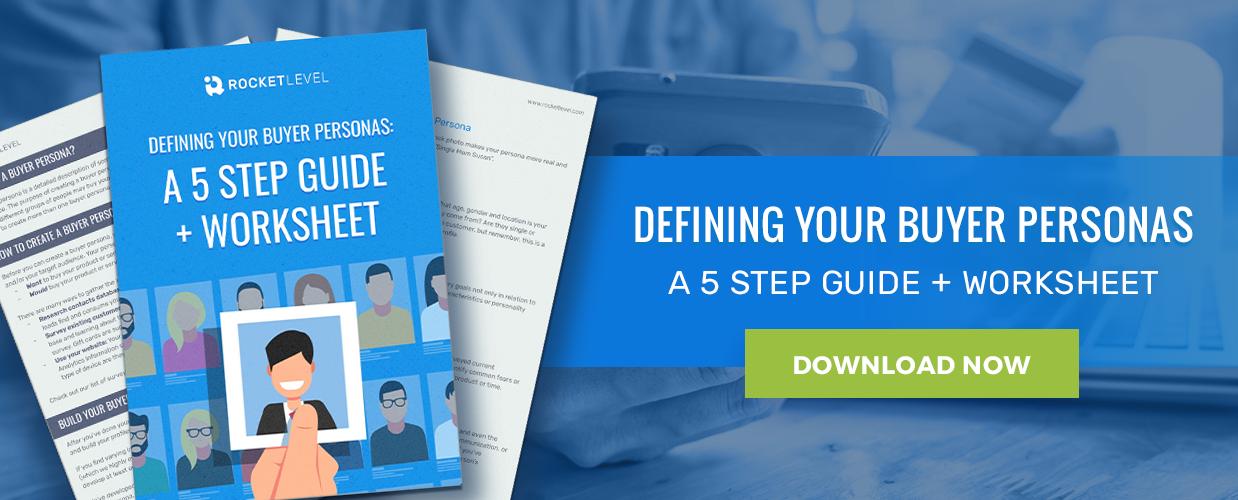Generating new leads – or people who are interested in a company’s product or service – can be challenging for even the savviest business owners. Leads are the life source of most businesses, so if they are generated consistently, they give small businesses the potential to grow their customer base and overall revenue immensely.
When it comes to generating leads, though, it's easy for small businesses to fall in the trap of feast or famine. For example, companies with a shortage of new business may focus on marketing to attract more new customers. After generating a healthy number of leads through marketing, these businesses tend to shift their focus to converting these leads to sales instead of continuing to generate more leads. While selling is obviously very important, it can lead to businesses eventually finding themselves back at square one with very few new leads in their pipeline.
If you're dealing with this issue, we’ve compiled four proven ways to ensure healthy and consistent lead generation, all of which won’t require much time from you once they are set up:
1. Social media marketing
Nowadays, pretty much everyone has a presence on social media, which means social media is an extremely effective channel to market your small business.
Facebook Ads, for example, can help you connect with your exact target audience at a very cost-effective price. Even if you're a small business with a fairly small marketing budget, you will be happy to know that Facebook advertising fits any budget and can help you both attract and retain customers. The same can be said when it comes to advertising on many social media platforms.
When choosing a strategy for social media marketing, it is important to think about your target audience and which social media channels they are most likely to spend their time on. Once you’ve figured that out, focus your efforts towards that specific channel to get the most engagement from your potential customers.
2. Pop-ups
Behavioral pop-ups are all the rage when it comes to lead generation, and for good reason. A behavioral pop-up refers to a pop-up that is activated when a user completes a certain behavior on your website. Some examples include a pop-up that appears after a visitor scrolls a certain distance down your web page, a pop-up that appears after a certain amount of time has been spent on a specific web page or even a pop-up that appears when a user is about to exit the page and moves their mouse to the left corner of their web browser.
In order to be effective for lead generation, behavioral pop-ups should include a form where the user can enter their information in exchange for an incentive, such as a coupon download.
So what’s a good conversion rate for an effective landing page? In a study analyzing 1,754,957,675 pop-ups, Sumo found that the average conversion rate is about 3 percent. The top 10 percent of pop-ups, however, have a conversion rate of over 9 percent. If you implement a behavioral pop-up correctly by offering something of value to your website visitors, it can cause your small business' lead generation to soar through the roof.
3. Landing pages
Using landing pages is another great tactic that small businesses can implement to capture more leads. A landing page is a standalone web page designed specifically to prompt a certain action or result. Visitors are usually directed to landing pages after clicking an online advertisement. Similar to pop-ups, landing pages should contain a form where the user can submit their contact information in order to receive something of value.
Combining the use of landing pages with other marketing tactics is one of the best ways to boost lead generation. For example, if you run a Facebook ad that promotes 10 percent off a certain service or product, you can link the ad to a landing page where the visitor can enter their information to receive the promotion via email. Then, since you now have their email, you can start sending email marketing campaigns with targeted messages based on the user’s interests.
According to Search Engine Land, the average conversion rate for a landing page is about two percent. However, the best landing pages have a conversion rate of about five percent. For this reason, always keep in mind that in order to get the maximum conversion rate from your landing page, you must follow best practices for designing a landing page.
4. Marketing automation
Marketing automation is a very efficient way for small businesses to generate new leads. Contrary to popular belief, marketing automation is not impersonal. Even though automation is, obviously, a major aspect of marketing automation, you can personalize your communications with potential customers to suit their tastes, interests and preferences. You can also schedule these communications so potential customers receive them at the most opportune times.
Note that marketing automation is a mix of many lead generation strategies including email, social media, landing pages, pop-ups and more. If done correctly, it can automate lead generation for your small business so your employees can instead focus on converting your pre-existing leads into paying customers.
As you can see, there are many tactics you can employ to ramp up lead generation for your small business. By continuously capturing leads, you will be able to focus on selling your product or service, which will ultimately grow your business.


